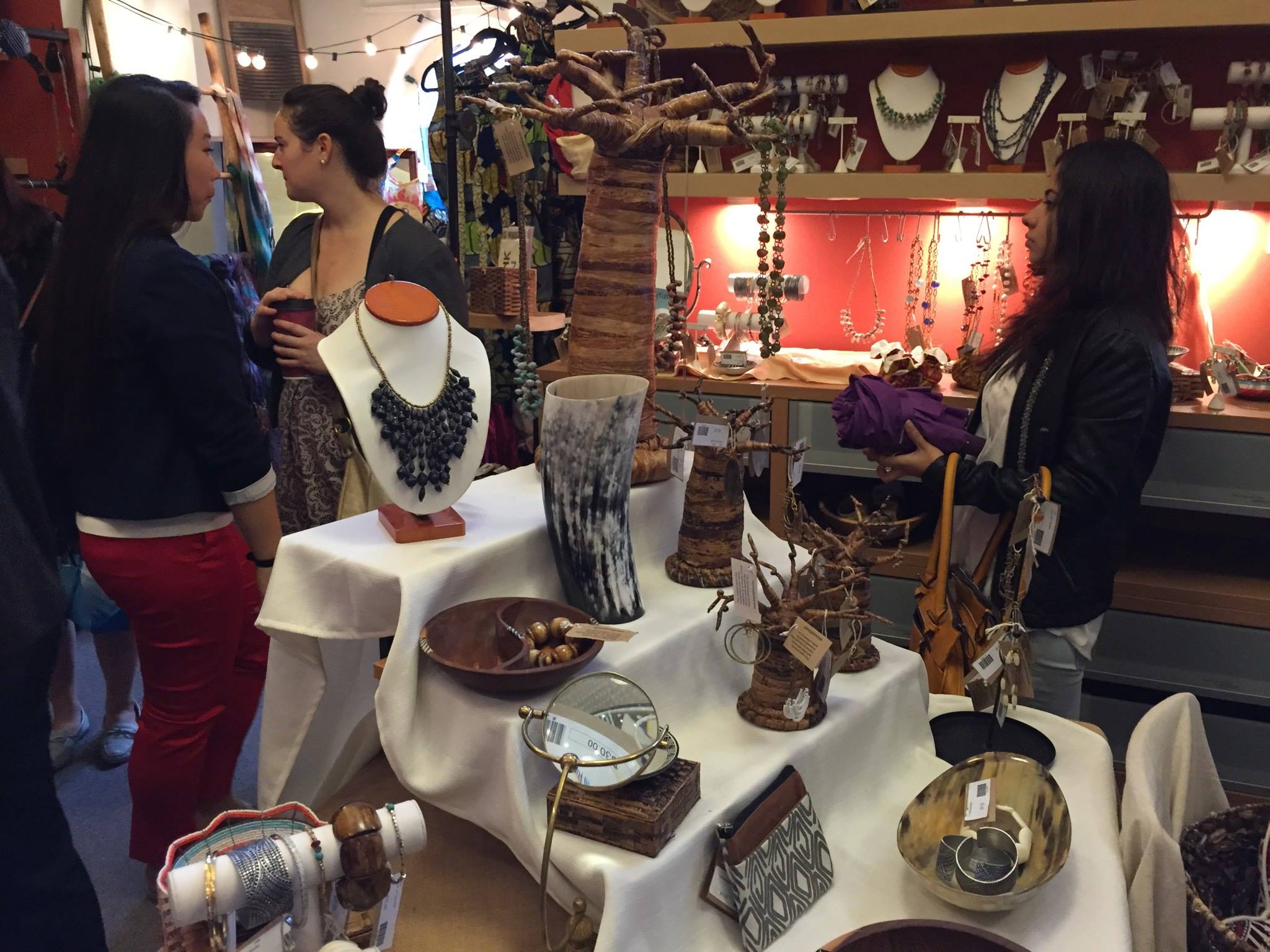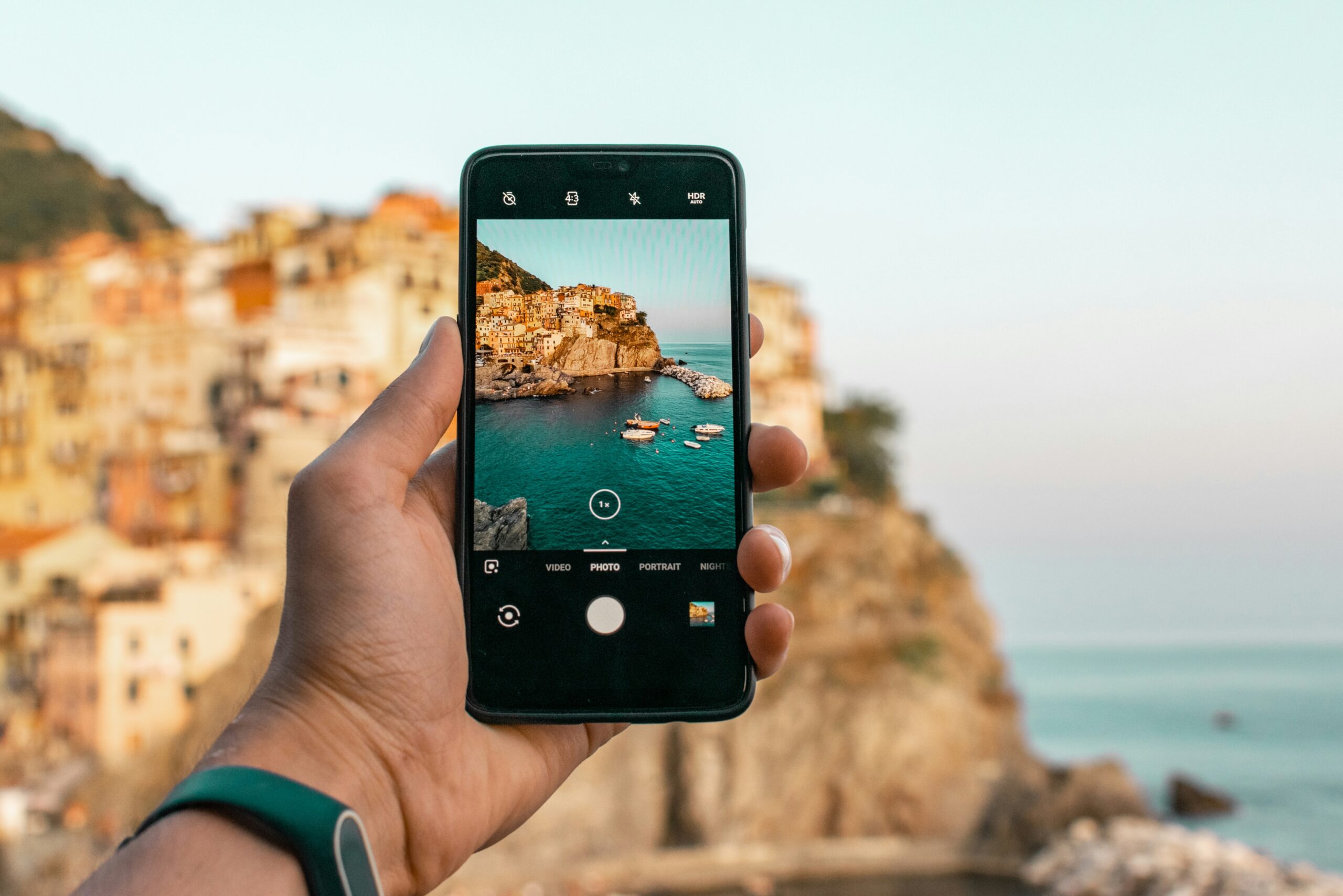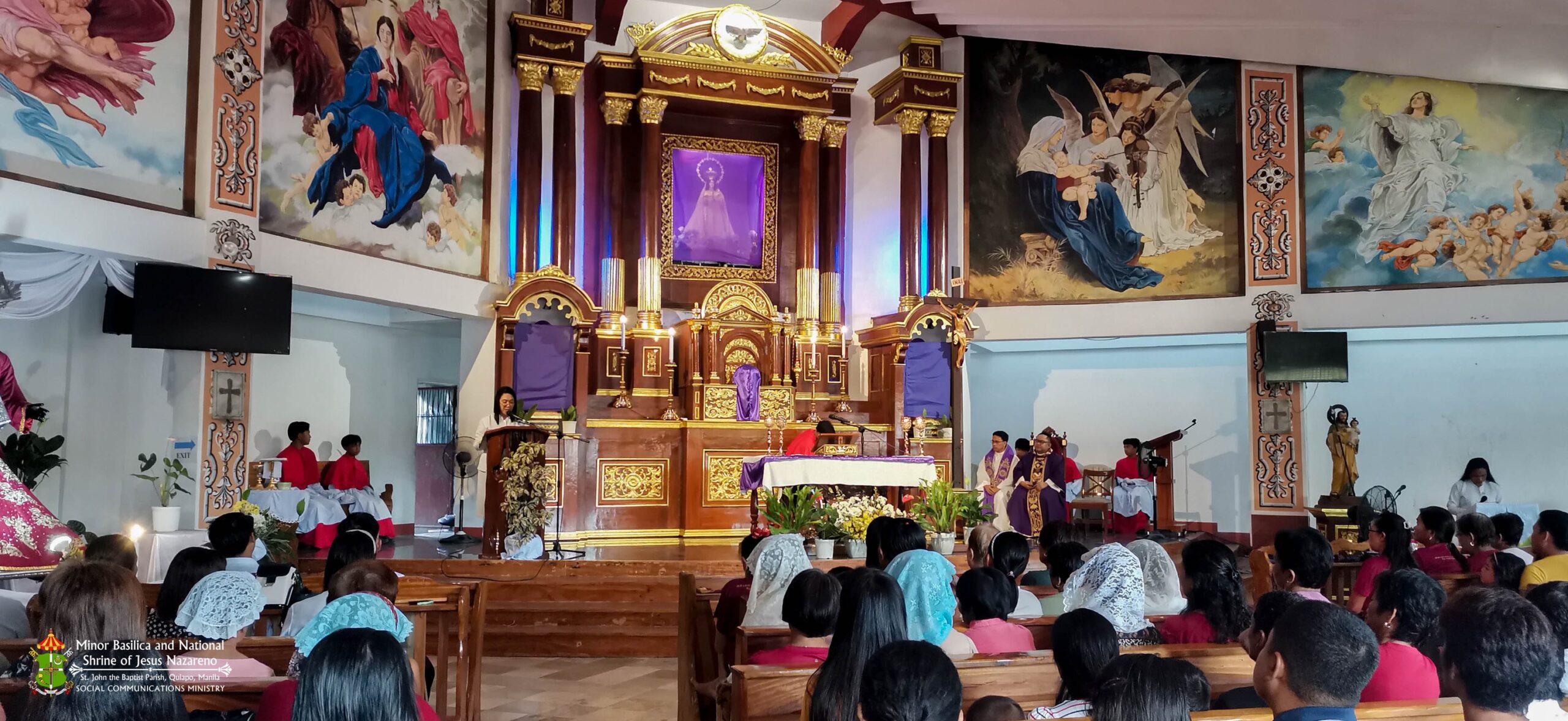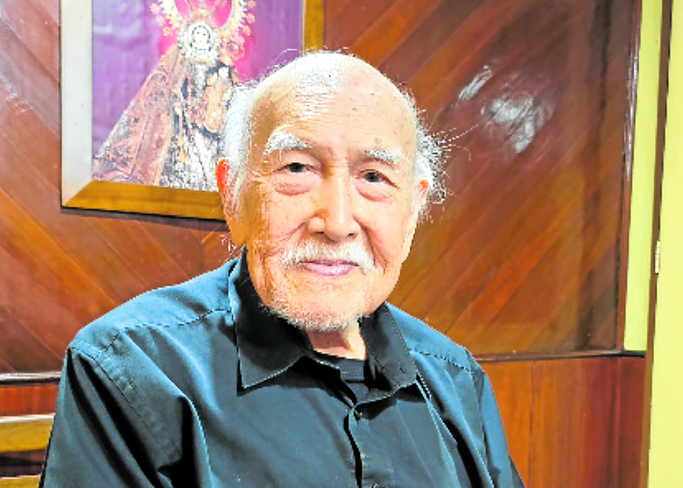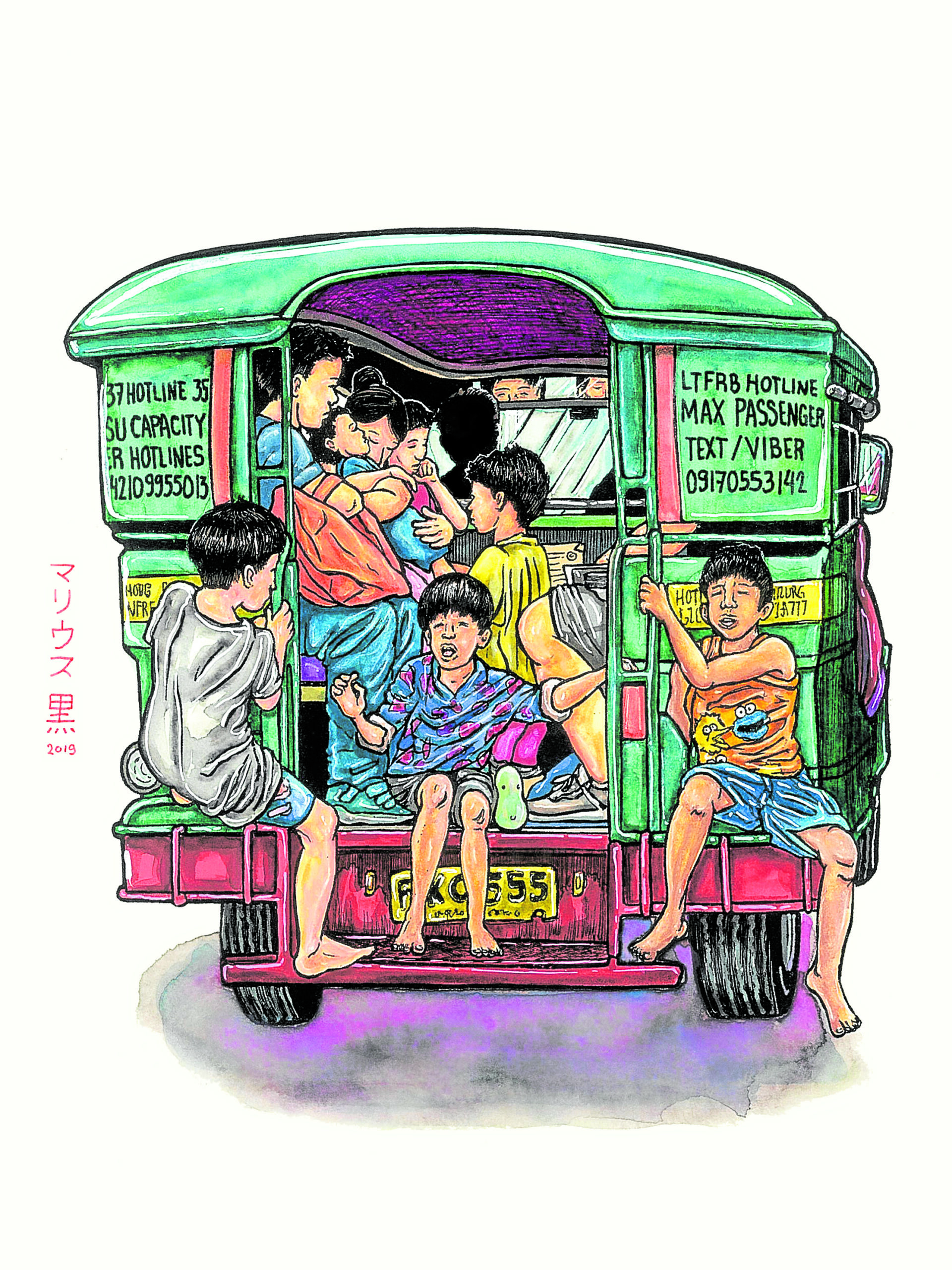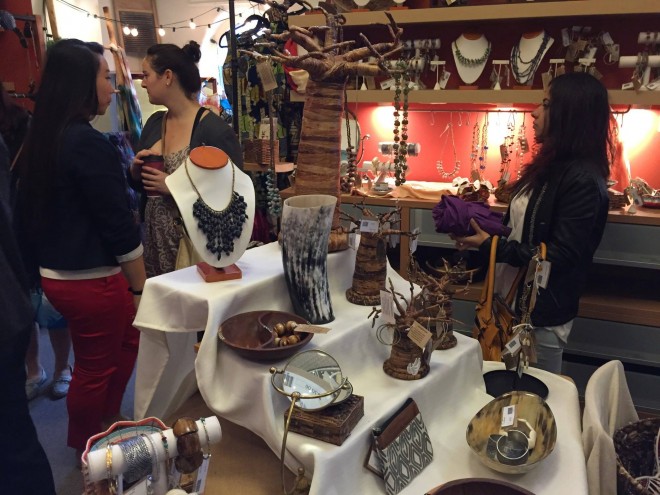
There has been a recent shift in paradigms in the corporate and nonprofit sectors. What were previously thought to be on opposite ends of the spectrum have found an intersection in social entrepreneurship.
Social entrepreneurship has been given many different definitions, but at its core, it is about creating sustainable enterprises that focus on dealing with a social problem, or creating social good through different models.
Having been exposed to a few local social entrepreneurship programs such as Gawad Kalinga Enchanted Farm, Rags to Riches, IdeaSpace Foundation and Kalibrr, I was excited to see what ventures and innovations I could find in the United States, and possibly introduce similar models to the Philippines.

I joined the Penn Social Entrepreneurship Movement (PennSEM). One month later, I got the opportunity to not only bond with and learn from my fellow PennSEM members, but also to go on a “social enterprise field trip” in Washington, DC.
There we got to meet the founders and managers of four different social enterprises: DC Central Kitchen, GlobalGiving, Amani Ya Juu and Good Spread.
Job training program
DC Central Kitchen recycles food, feeds the homeless and trains them in the culinary arts. Its job training program focuses on self-empowerment, developing a supportive community and professional skills training to help prepare the graduates to work either in a partner restaurant or go full circle by working in DC Central Kitchen.
DC Central Kitchen partnerships and planning coordinator Katherine Eklund said the graduates are proof that the cycle of poverty can be broken: “It’s inspiring to see that people who used to rely on our services are now part of the program, [also] helping feed the homeless.”
Amani Ya Juu focuses on empowering marginalized women in Africa—teaching them skills such as stitching, quality control, purchasing, bookkeeping, management and design.
The products the women make are then sold in Amani shops.
GlobalGiving is a transaction platform that connects corporate donors with nonprofits all over the world.
Cofounder Mari Kuraishi talked about how technology helps the finance and nonprofit sectors. She recalled how GlobalGiving made her realize, when she was still working for the World Bank, that “smaller organizations in developing countries did not have access to international financing and resources.”
Simplify message
Asked how nonprofit organizations can best raise funds and fulfill their mission, Kuraishi focused on four key points: (1) Simplify your message; (2) make sure you have good materials to back it up (i.e., website, photographs); (3) make the story about an individual; (4) create a sense of urgency.
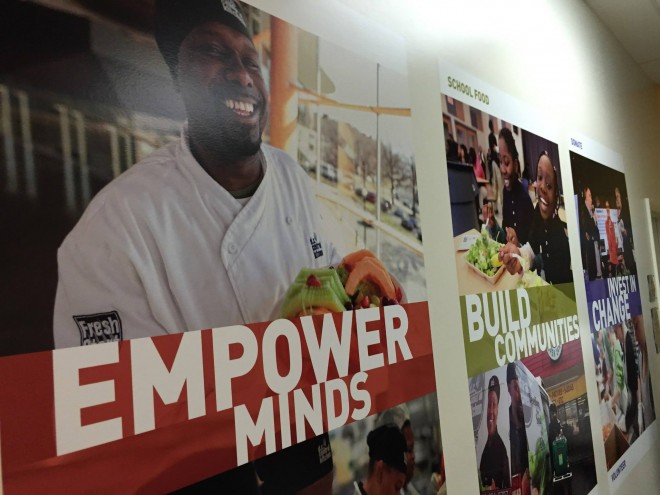
GlobalGiving also offers Web-development training and photography lessons.
As for advice on aspiring social entrepreneurs of PennSEM, Kuraishi said: “You’ve got to live, eat, sleep, breathe your idea for it to be a success. Don’t just do it because you think it’s kind of cool to be a startup entrepreneur. It takes a lot more than you think, so on dark days, your obsession with the idea will help you go through the process. There’s honestly nothing like building your own company and designing it the way you want it.”
Our final itinerary was brunch with Alex Cox, cofounder of Good Spread, which sells peanut butter for a cause—for every packet people buy, a malnourished child receives therapeutic nourishment.
It was inspiring to hear Cox talk about his journey as a Theology and Film major, traveling to China to teach English, then going back to America to start Good Spread.
He emphasized the importance of relaying the message through your story. He credited his film background for the video in Good Spread’s Indiegogo campaign that raised more than $69,000.
The lesson I learned from this trip is that there are no limits in doing social good. Each of the four enterprises used different models in solving a social problem. They are changing the world for the better—one step at a time.

